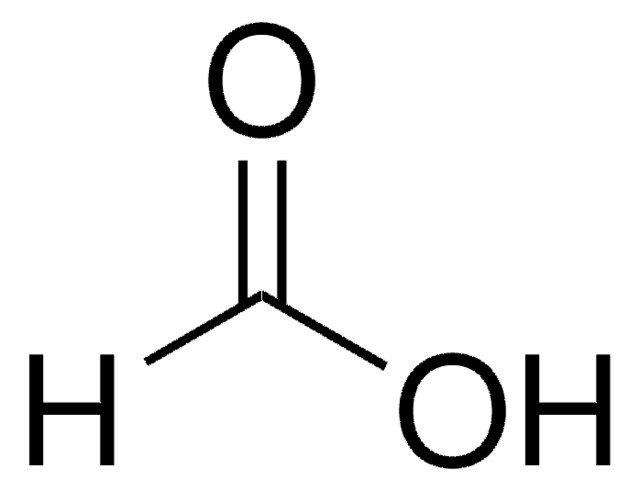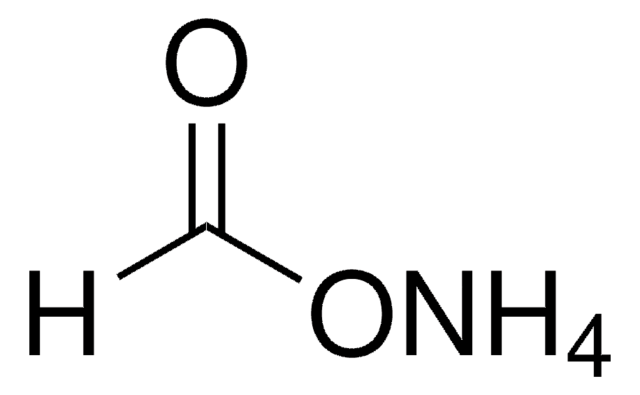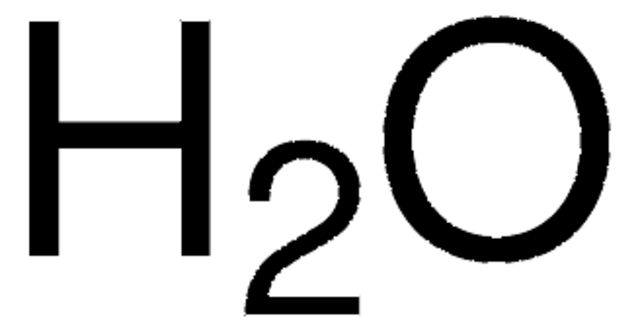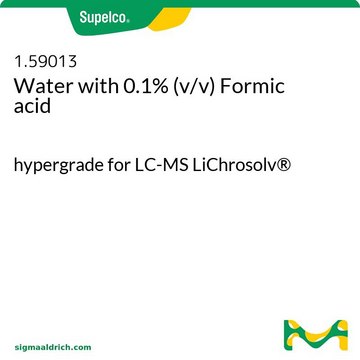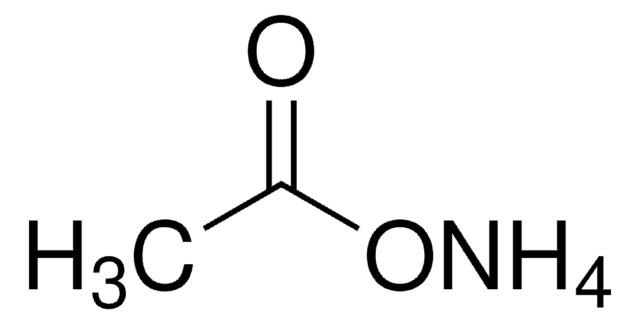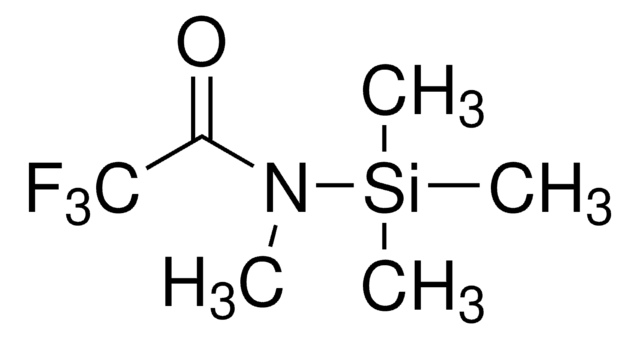Key Documents
Safety Information
00940
Formic acid
for LC-MS LiChropur™, 97.5-98.5% (T)
Select a Size
Select a Size
About This Item
Recommended Products
vapor density
1.6 (vs air)
vapor pressure
44.8 mmHg ( 20 °C)
Assay
97.5-98.5% (T)
form
liquid
autoignition temp.
1004 °F
expl. lim.
57 %
technique(s)
LC/MS: suitable
impurities
1.5-2.5% water
evapn. residue
≤0.002%
refractive index
n20/D 1.370 (lit.)
Looking for similar products? Visit Product Comparison Guide
1 of 4
This Item | 69478 | M7891 | 394866 |
|---|---|---|---|
| assay ≥98.5% (GC) | assay ≥97.0% | assay - | assay ≥98% |
| Quality Level 100 | Quality Level 100 | Quality Level 100 | Quality Level 100 |
| reaction suitability reagent type: derivatization reagent | reaction suitability reagent type: derivatization reagent | reaction suitability - | reaction suitability reagent type: derivatization reagent |
| bp 130-132 °C (lit.) | bp - | bp 130-132 °C (lit.) | bp 130-132 °C (lit.) |
| form liquid | form liquid | form liquid | form liquid |
| density 1.075 g/mL at 25 °C (lit.) | density - | density 1.07 g/mL at 25 °C (lit.), 1.075 g/mL at 25 °C (lit.) | density 1.075 g/mL at 25 °C (lit.) |
Legal Information
related product
Signal Word
Danger
Hazard Statements
Precautionary Statements
Hazard Classifications
Acute Tox. 3 Inhalation - Acute Tox. 4 Oral - Eye Dam. 1 - Flam. Liq. 3 - Skin Corr. 1A
Supplementary Hazards
Storage Class Code
3 - Flammable liquids
WGK
WGK 1
Flash Point(F)
121.1 °F - closed cup
Flash Point(C)
49.5 °C - closed cup
Regulatory Information
Choose from one of the most recent versions:
Already Own This Product?
Find documentation for the products that you have recently purchased in the Document Library.
Articles
LC-MS procedure, including sample extraction, for the determination of tryptamine hallucinogens, psilocin, and psilocybin in psilocybin mushrooms.
This application note describes the LC-MS-based quantitative analysis of known nitrosamine impurities following procedures 1 and 3 as given in USP general chapter <1469>.
Glyphosate analysis: LC-MS/MS method with Supel™ Carbon LC U/HPLC column for stability and retention.
A workflow for the sample preparation of hemp bud, hemp oil, chocolate, gummy, candy, and cream for the HPLC-PDA separation and analysis of 17 cannabinoids.
Related Content
FAS, or 'forever chemicals,' persist in the environment and pose risks to human health. Discover our environmental monitoring tools for PFAS quantification, aiding researchers, regulators, and labs in testing for PFAS.
Our team of scientists has experience in all areas of research including Life Science, Material Science, Chemical Synthesis, Chromatography, Analytical and many others.
Contact Technical Service